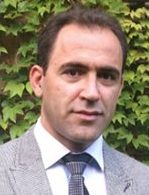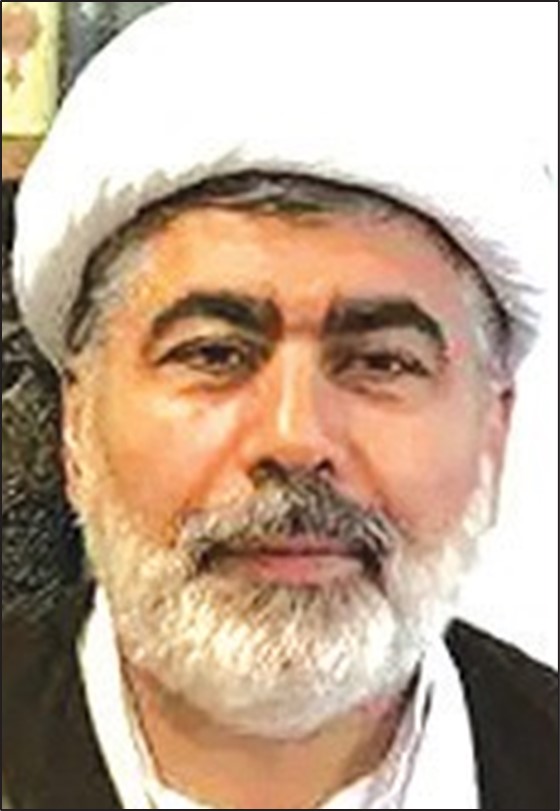July 19, 2019

Researchers at Washington State University (WSU), led by an Iranian emigre, have developed an environmentally friendly, plant-based material that for the first time works better than Styrofoam for insulation.
The foam is mostly made from nanocrystals of cellulose, the most abundant plant material on Earth. The researchers also developed an environmentally friendly and simple manufacturing process for the foam, using water rather than other, more harmful solvents.
The work, led by Dr. Amir Ameli, assistant professor in the School of Mechanical and Materials Engineering, and Xiao Zhang, associate professor in the Gene and Linda School of Chemical Engineering and Bioengineering, is reported in a paper published in the scientific journal,Carbohydrate Polymers.
Styrofoam is used in everything from coffee cups to materials for the building and construction, transportation, and packaging industries. Styrofoam, however, is made from toxic ingredients, depends on petroleum, doesn’t degrade naturally and creates pollution when it burns.
While other researchers have created other cellulose-based foams, these plant-based versions haven’t performed as well as Styrofoam, according to Materials Today magazine.
Ameli’s team reports that, for the first time, their plant-based foam surpassed the insulation capabilities of Styrofoam. It is also very lightweight and can support up to 200 times its weight without changing shape. It degrades well, and doesn’t produce polluting ash when burnt.
Ameli said, “Our results demonstrate the potential of renewable materials, such as nanocellulose, for high-performance thermal insulation materials that can contribute to energy savings, less usage of petroleum-based materials and reduction of adverse environmental impacts.”
Ameli is an assistant professor at the Advanced Composites Laboratory at Washington State University in Richland, Washington. He got his bachelor’s in mechanical engineering from the University of Tabriz, his master’s in the same field from Sharif University of Technology and his doctorate in the same field from the University of Toronto.


















